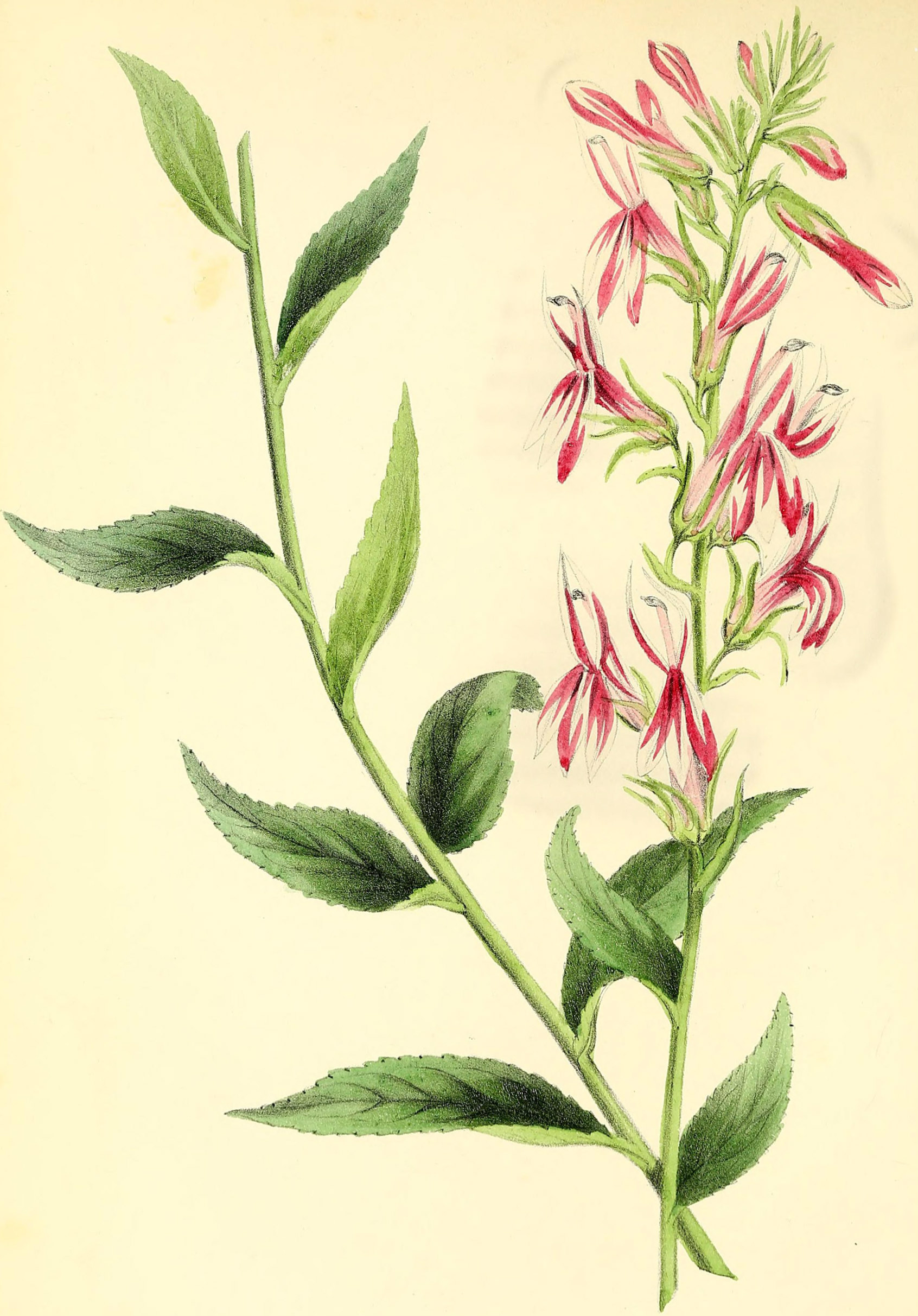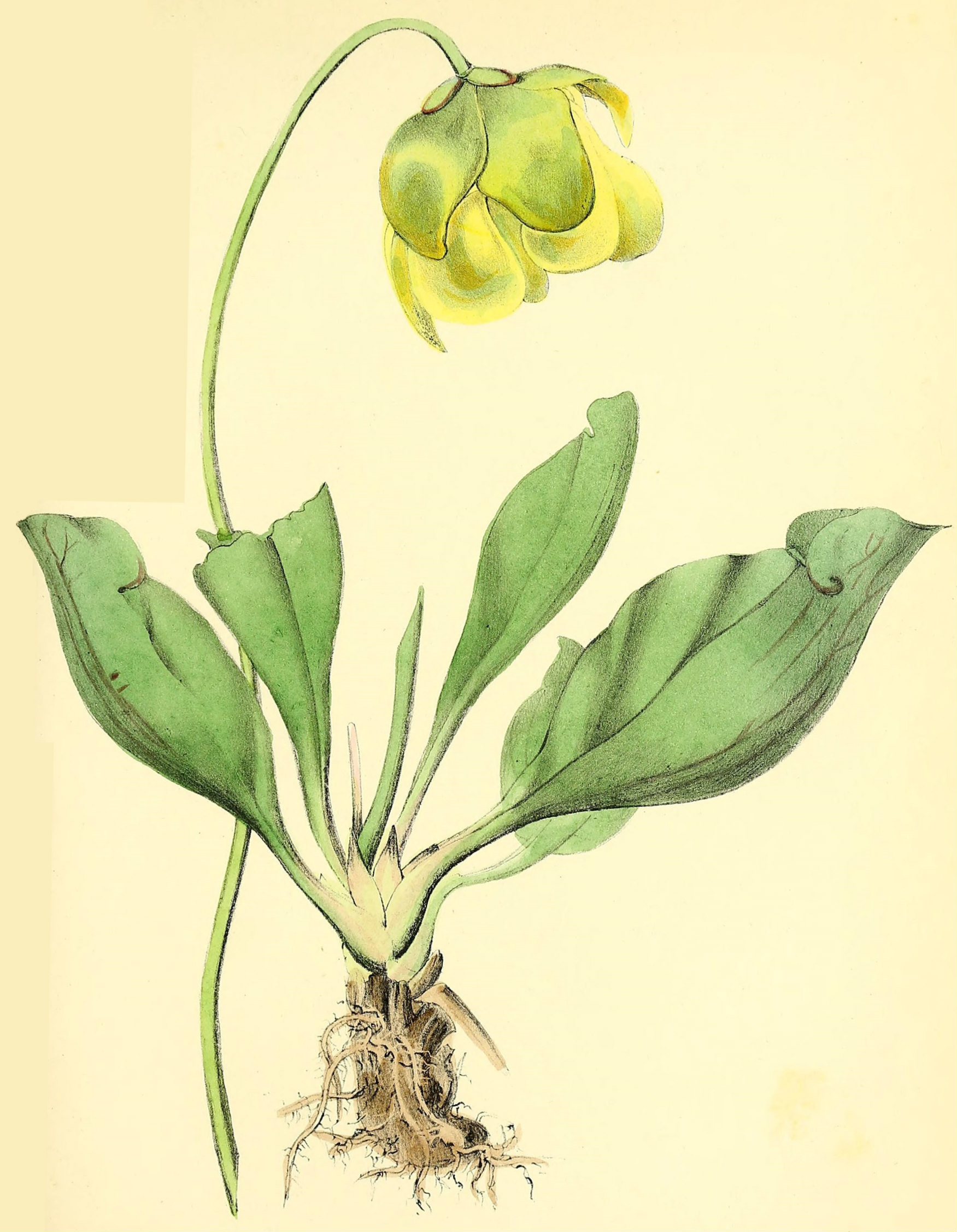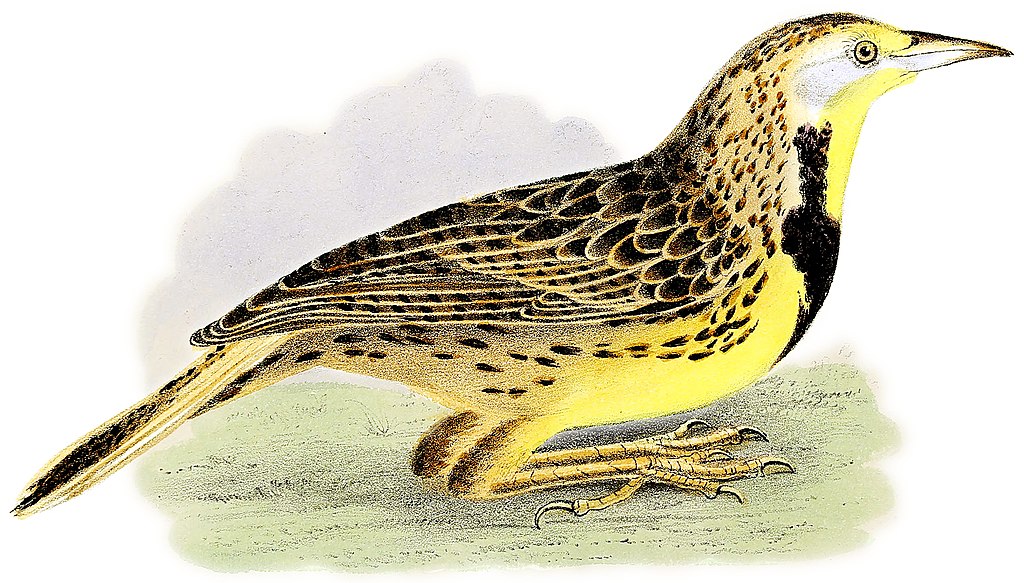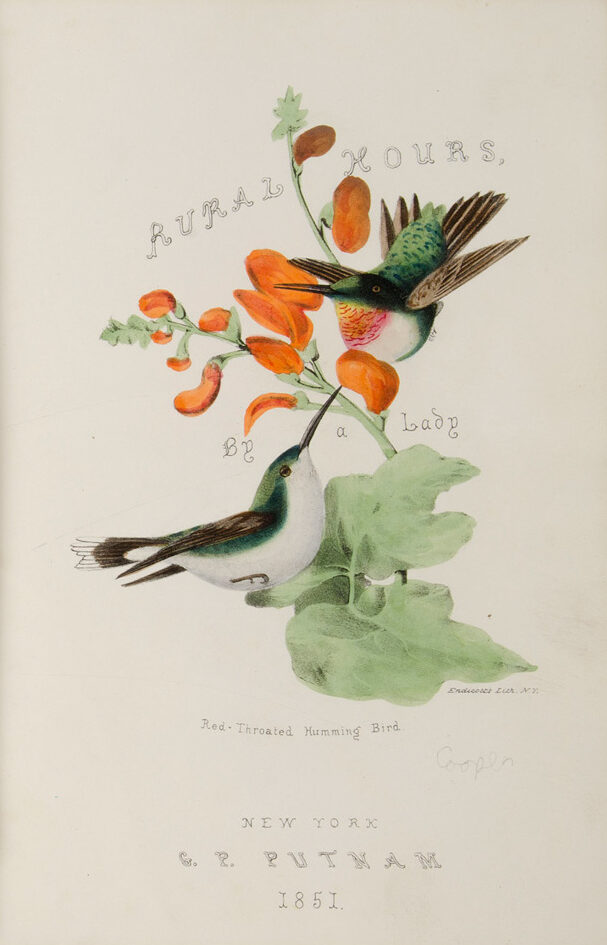“Spring is in the air, in the light, and in the sky”
Susan Fenimore Cooper, Rural Hours, 1850. [1]
From our Spring, 2023 Newsletter
Vanessa Sellers, Director, The Humanities Institute, The New York Botanical Garden, and NAHC Trustee.
Among the many books that celebrate nature and its distinctive seasonal changes, Rural Hours is one of the most appealing. In this journal, pioneering American naturalist Susan Fenimore Cooper (1813-1894) offers a unique record of daily walks in the area of her beloved Cooperstown, founded in 1786 by her grandfather William Cooper. The text follows the pattern of the four seasons, opening with spring. Fenimore describes the landscape, plants, animals, insects, and daily rural life of nineteenth-century America with a remarkable directness and acumen, yet in a leisurely tone.
Her lively descriptions are infectious, getting readers outdoors to explore their own natural surroundings. Even after two centuries, her words can inspire us, winter-weary city dwellers, to go out for a nature walk. Holding in one hand Fenimore’s book and in the other our notebook and phone – preferably with a wildlife identification app, like “iNaturalist” open – we’re ready to record our very own nature observations across time and space.
As in Fenimore’s day, Cooperstown’s calm, historic setting is a wonderful spot to see nature. The result of more than a century of environmental foresight and philanthropy, here one can walk through field and forest experiencing their original, early nineteenth-century rural atmosphere – an atmosphere that is reflected in her book. Fenimore’s detailed description of wildflowers are accompanied by delicate depictions, including the cardinal flower (Lobelia cardinalis) and the sidesaddle flower (Sarracenia purpurea Var. Heterophylla) (illustrations 1 and 2). We can still take note of both wildflower species, fortunately, since even today they can be discovered in the fields of Otsego County, albeit not right near Cooperstown anymore. And while many birds Fenimore saw or heard on her walks are now rare, one of her favorites, the brightly yellow Meadow Lark (Sturnella magna) (illustration 3), still builds its nest in the region’s grasslands. A true harbinger of spring, we can also enjoy its high-pitched mating song, which has been eagerly awaited around Otsego Lake for centuries.

Fenimore dedicated this, her first book, to her well-known father, the novelist James Fenimore Cooper, whose editor and biographer she was, but whose fame overshadowed her own achievements as writer. In fact, following the custom of the day, Rural Hours was published anonymously, with its only authorship indicating it was “by a Lady” (illustration 4). After its publication, the work was much talked about in the current of nineteenth-century nature-discovery and, importantly, even inspired Thoreau’s Walden (1854), which makes it all the more surprising to realize that the book lay forgotten for the greater part of the twentieth century. Only recently – due to a renewed interest in the canon of American “nature-writing” and the accomplishments of female scientists in the field – has Fenimore’s book started to receive the attention it deserves.
Today we can admire a copy of the fine, illustrated 1851 edition of Rural Hours at the LuEsther Mertz Library of New York Botanical Garden. Impressively bound in tooled morocco leather with goldedged leaves, it features no fewer than 21 colored lithographs of flowers and birds and is delightful to see and read more closely. As a work of science (Fenimore identifies plants using the Linnaean system, for example), it is remarkably void of any pretension, even if Fenimore’s research, knowledge of natural history, careful observation skills, and command of language are prodigious.
Curiously, Fenimore’s account remains directly relevant to this day and age, given our ongoing conversations about the environment, climate change, and biodiversity loss. It is fascinating, though heartbreaking, that she already marked a noticeable decline in the forests and watersheds of the region, lamenting the habitat loss of plants, birds, and beavers: “which were all said to have been very numerous indeed at the settlement of the country” (p. 311).
In addition to detailed nature and landscape observations, Rural Hours recounts America’s early history going back to the colonial era in a new way. Her overall objective of tracing a wide historic arc of a rapidly changing America is meant to instill, even in us twenty-first-century readers, a sense of respect for landscape and a keen understanding of the moral obligation to be a good steward of the land. To historians of early seventeenth-century America, Fenimore’s observations about the world of the former Dutch colony in New Amsterdam, its language, lifestyle, its cultigens and food traditions are particularly compelling. She mentions that only a few people still speak Dutch in her day, implying that a considerable number did use the Dutch language previously.

And when it comes to plant crops and food, after providing an overview of the dietary habits in the Cooperstown area itself, she recounts how Indigenous food customs influenced eating habits of the early seventeenth-century Dutch settlers further south in New Netherland.
Her source, Adriaen van der Donck (1618 – 1655), was an early landowner and lawyer in New Amsterdam, whose book Beschrijvinge van Nieuw Nederlant [Description of New Netherland], offers a detailed record of the geography, natural history, and lifestyle in mid-seventeenth-century New Netherland. [2] Quoting freely from van der Donck, Fenimore explains how the Dutch colonists adopted Indigenous crops, including corn (maize), pumpkin, and squash, absorbing them into their grandmothers’ own recipes from Holland. One of the most popular dishes became “sapaen” [“pap” in Dutch]: a corn-mush adopted from Native American food tradition. [3]

Fenimore then adds another important staple of American cuisine: the pumpkin. “The great pumpkins, always grown with maize, are also lying ripening in the sun; as we have had no frost yet, the vines are still green. The old Hollander, Van der Donck, mentions the pumpkin as being held in high favor in New Amsterdam, and adds, that the English colonists–meaning those of New England– ‘use it also for pastry.” This is probably the first allusion to the pumpkin-pie in our annals” (page 185). Fenimore is quite right; van der
Donck’s description is indeed the first record of the American craze for pumpkin pie, a dessert that is still central to our twenty-first-century Thanksgiving table. And, as a matter of fact, we know from modern archaeological excavations and pollen research on a site in Lower Manhattan (the waterfront at Pearle Street) during the 1980s that Dutch inhabitants of New Amsterdam indeed grew pumpkin and squash in their urban garden plots, providing critical, much needed sustenance for their newly arrived families. [4]
Fenimore’s text obviously is not without its contradictions. She enjoys the cultural advancements of her home village and surrounding agricultural lands, but concurrently expresses concern about the changes she observes in Otsego County and landscape across New York State. While embracing the notion of civilian progress and land-development, at the same time she recognizes its negative consequences: the cutting down of forests for roads and railroad tracks that result in the disappearance of untouched wilderness and scare away the migratory birds: “the shrill steam-whistle… startling the quiet flocks in rural fields.” [5] Her careful environmental assessments are still relevant for today’s ecologists and eco-florists, who can study her remarks about the rapid decline of native plants, in favor of newly imported, at times invasive European species.

The notion of nature and land conservation that Fenimore was the first to forward directly and forcefully in Rural Hours clearly inspired the next generation. Her own Cooperstown neighbors, the Clark family, had at the time of her death set in motion the first preservation initiatives to protect Otsego Lake and its historic landscape, efforts that are continued by The Clark Foundation and other regional organizations up to this day. Due to their combined labors and Fenimore’s timely warnings, Otsego County is one of those unique places where one can still enjoy sheltered green paths leading through pristine hills, woods, and wetlands. And as we turn up the path, we can see all the beautiful views that nature has to offer across the glimmering surface of the lake. Is that Susan Fenimore, running ahead of us? Let’s go: Spring is here!
We hope you’ve enjoyed our articles and information. If you would like to contribute to help us promote and spread the history of the early New York, please click and discover more about our programs, what we offer and ways you can help.
To be a sponsor email us at: events@newamsterdamhistorycenter.org.




